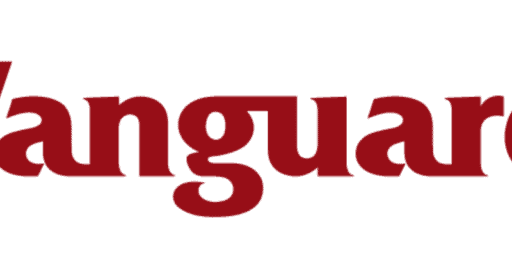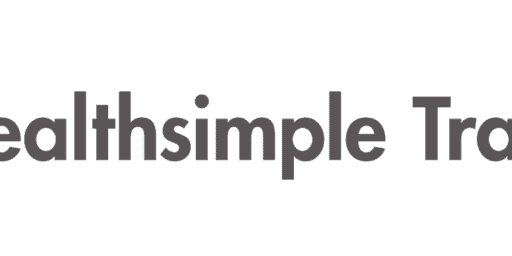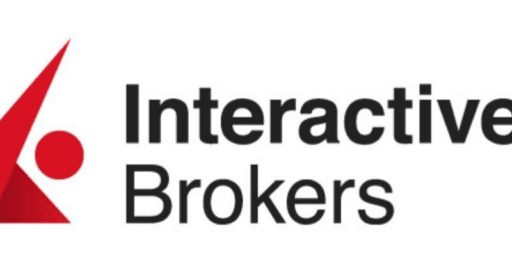4 Steps to a Worry-Free Retirement in Canada
I’ve been writing about personal finance in Canada for 15 years now.
This week I launched the project that was by far the best resource that I’ve ever created. It’s hands down what I’m most proud of in my career.
I’m talking about the first ever online course about Canadian retirement.
It’s called 4 Steps for a Worry Free Retirement – and you can find it here.
I’m trying to get better at this self promotion thing because I’ve seen a lot of mediocre products sell for thousands of dollars because they promised the “silver bullet” to all of life’s problems.
Usually they were pitched by a good-looking individual who promised that just like them, you too could be successful. They were able to sell these products (and most of them are in the financial help space) because they understood marketing.
So in the spirit of marketing, what I really want you to know is that I created this course in order to help people just like my own middle-class Canadian parents. I read dozens of books and hundreds of articles in order to make sure my research was on point. I endured the humbling process of asking experts to give me feedback. And, at the end of the day, I know that this course can really, really help a lot of Canadians – but only if they find out about it first!
It’s not a magical silver bullet.
I don’t have “the one simple secret” that will solve all of life’s problems.
But if you want to feel the true confidence that can only come with educating yourself and making informed decisions – then I think my course is worth taking a second look at. Here’s the video I made to show what it’s all about:
Why Write a Retirement Course?
A couple of years ago my parents were right around the age when most Canadians started thinking about retirement. Mom was 57 and Dad was 64.
I had sent them the odd article that I’d found online, or something investment-related that I’d written – but it all still seemed really intimidating to them.
Even seemingly-simple topics like what to do with CPP and OAS, or when to withdraw RRSPs, were actually pretty complicated when you started looking into the many variables.
That said, we didn’t talk about it a lot, because, like most middle-class Canadians, my parents generally want to talk about anything other than money. Money and retirement touch on a lot of folks’ anxieties and insecurities – and it’s just generally not a lot of fun to address.
It’s also very easy to procrastinate.
I decided to create a resource that I felt would help them (and the thousands of Canadians just like them). They could work at their own pace, ask questions when something was unclear, and build the confidence to plan their own financial futures – as opposed to relying on someone else to do it for them.
On a personal level, my wife and I had been researching about early-retirement (more like semi-retirement/financial independence) for a while, and had really dove into the details on stuff like Safe Withdrawal Rates and how much most Canadians actually spend after they leave their 9-to-5 job.
As these parallel journeys into the world of “leaving our day jobs” evolved, I realized three key things:
1) Planning for retirement was way more complicated than just picking the right investments. In fact, explaining to people how to invest was WAY easier than explaining how to make educated decisions about retirement planning.
2) There were lots of people who charged thousands of dollars each year in hidden fees. They called themselves “advisors” and generally their goal was to spend one or two hours a year convincing people to invest as much of their money as possible in overpriced mutual funds.
3) There were a lot of resources out there for Americans, but not a lot for Canadians. Sure, there were a few books aimed at Canadian retirees, but they were out of date, or they only focused on a few of the many pieces that exist when it comes to the retirement puzzle Canadians have to put together.
I realized that there was a unique opportunity. As we came out of the pandemic, more and more people my parent’s age and younger were more comfortable in an online environment. Not only that, but I had seen firsthand what types of learning actually lead to real-life achievement and understanding, because I had just taught personal finance, business, and economics classes to high school students through online classrooms.
Consequently, I decided to write an online course that was super easy to use, required no prior experience with retirement planning or online education – and that could be updated very quickly when the government changed rules or tax rates.
Ok – But Is This Course Useful to Me?
Four Steps to a Worry-Free Retirement was created with Canadians in the 45- to 65-year-old age range in mind.
That said, it’s really more of a matter of when you want to start preparing for retirement than it is your age. Do I think a lot of 35-year-olds would get something out of purchasing a resource that will be consistently updated every year AND makes sure they’re on the right track today?
I do!
Will someone who has waited until 68 to say goodbye to the working world – and now wants to optimize their retirement – get good value when they purchase the course?
Definitely.
You DO NOT need to have any prior experience with online courses to make a go of it. I specifically built this course with new online learners in mind, and I’m very confident that it is incredibly easy to use. I begin the course with a short video on where to look for everything, and I include an easy-to-print course workbook with pictures of what to click on in order to get the most out of the course.
I also had several family and friends – who were new to online learning and financial planning – complete the course, so that I could be sure that there was nothing that I overlooked.
Basically – this thing is bulletproof!
There are original videos, checklists, graphic organizers, study data, and more. All designed to be much more engaging than a basic book is.
There are two groups of people I likely wouldn’t recommend the course to:
1) If you’re not a Canadian citizen OR a Canadian resident, then there are probably better resources out there for you.
2) If you do not have any personal savings or a pension of any kind. Folks in this situation will likely not get enough value from most parts of the course, and should just familiarize themselves with the Canadian Guaranteed Income Supplement (GIS) program.
Why Bother With Taking a Course When I Can Just Get a Financial Advisor for Free?
Here’s my biggest challenge when it comes to getting folks to understand why they should use this course…
Canadians have been conditioned to think that financial advice is free.
After all, their big banks or credit unions have been telling them that financial advice is free for their entire lives.
You’re very likely to have heard something similar to the sales pitch below if you walked into a bank or one of the big investment companies in Canada at some point. [I call these investment companies “strip mall advisors”. If the investment advisor company has a recognizable name and often includes locations in strip malls, then it’s best to run away.]
“Oh it looks like you have a little extra in your chequing account this month, and with RRSP season right around the corner, it would be a great idea to get this money working for you as soon as possible. Our investment specialist would be a great fit because they’re an investment professional. Shall I book a free appointment with them for next Tuesday?”
This is usually then followed by you attending the “free” talk, where “free investments” are recommended.
While it’s absolutely true that no money will come off your credit card, or out of your chequing account to pay for this advice, it is definitely NOT FREE.
The average equity mutual fund in Canada charges about 2.5% in fees every year. It doesn’t matter if your mutual fund makes money or loses money that year – they’ll take 2.5% from you. A lot of people misunderstand what this 2.5% actually means. They think (and sometimes they’re told) that this 2.5% fee (called a Management Expense Ratio – or MER) is only applied to the investment gains that the mutual fund makes. That is simply incorrect.
Consequently, if you have a $200,000 nest egg invested with this “free advisor” then you’re actually paying around $5,000 per year for their services – it just comes off the top before you ever see the money, so you’re unlikely to ever notice it.
We don’t pay for anything else in society this way – why do we put up with it from our financial advisors?
Because we’re conditioned to!
The 4 Steps to a Worry-Free Retirement course is $500.
Five hundred bucks, and it’s yours for life.
No pesky subscriptions or add-ons to worry about.
That’s about half the price of a university course.
I am so certain that you’re going to find at least $500 worth of value in there, that I’m going to give you your money back if you look at the whole course and decide it wasn’t worth it.
Good luck finding an advisor who will do that for you!
Even if you use a fee-only advisor (the only type of advisor I recommend, and the only ethical business model to my way of thinking) I think there is a really good argument to be made for not putting blind trust in any one person when it comes to managing your life savings.
This online course will give you the knowledge to have an informed discussion with your advisor and help them determine the best fit for you. It will also allow you to determine if your advisor really knows what they’re talking about – because unfortunately there are a lot of them who really have no idea what they’re doing.
I Could Really Use Your Help
Here’s the thing – I know most MDJ readers understand what MERs are, and how empowering financial knowledge can be.
The problem is that most people are still new to this stuff. Folks are busy and it’s really hard to separate the slick marketing of bogus products from the material and advice that will actually help them.
So I’m hoping you’ll let people know I’m a good guy. A trustworthy fellow who shows his work, points out where he got his information, and explains how he arrived at his conclusions.
A positive word from you to a friend would mean a lot to me. Your friend or family member is much more likely to listen to you than to a Facebook ad or even to the recommendation of a notable Canadian financial expert.
I’d be sincerely thankful if you’d do me a favour and send folks to: https://worryfreeretire.com/
Thanks in advance for your consideration, and for your help in getting the word out about Canada’s first online retirement course. In addition to keeping the course updated, I’m fully committed to answering questions in the private forum, AND will even be adding more to the course if new topics emerge.
I simply don’t know how to help people any better than that!
I've Completed My Million Dollar Journey. Let Me Guide You Through Yours!
Sign up below to get a copy of our free eBook: Can I Retire Yet?











Nice one Congrats on releasing thise course, any early bird or early sign up discounts?
Keep a close watch on your inbox Sam…
I am interested in a discount as well if not already too late …
See your inbox Joseph!